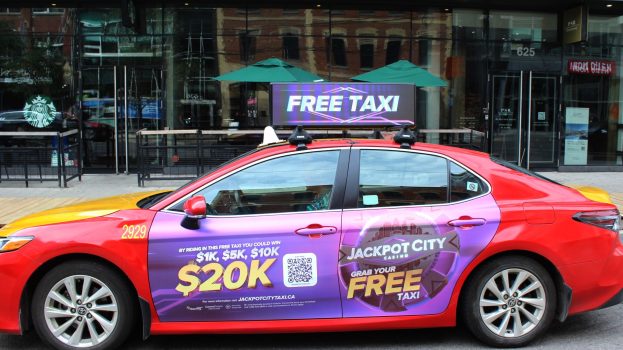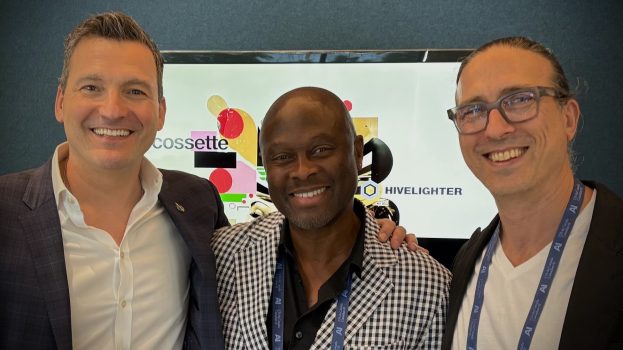By Jackson Murphy and Nick Kewin
Social media has changed us. It’s changed the way we learn and, to a large extent, it’s changed the way we think. It should come as no surprise then, that social media has evolved the way that we create and ingest information and spawned a sub-genre of media.
Micro-content – digestible snippets of visual media – now dominate our entertainment/information reception. The interactive capabilities of micro-content empower the user to tailor the story experience for themselves. Micro-content is the cover to the book, or the snappy headline to an article. You decide how far you’d like to take the experience.
But how often do we take the time to appreciate just how perfectly bite-sized and wonderful micro-content really is? Easily dismissed as a marketing catch phrase, micro-content actually represents a paradigm shift in the way that we communicate with one another.
Micro-content is storytelling, with rules. When else in history has there been a strict limit on the amount of words used to tell a story? Or a time constraint on how long you have to tell it? As technology has expanded, language has shrunk. That statement sounds like the heralding of a grim new world, but it shouldn’t be viewed as a disparaging fact. Language will always evolve, and rather than being viewed as limiting, micro-content should be viewed as a medium that forces us to push creative boundaries. After all, many writers will tell you that the short story is harder to write than a novel.
Humans love visual stories. Quick evidence of this is the awesome amount of money that is generated yearly by the American film industry. It makes sense – our brains process images 60,000 times faster than text. Combine this with our love for stories and it is obvious that micro-content is a powerful medium.
Consider teen fever dream reality show, Summer Break for a moment. It’s foregone the dinosaur box that is TV to exist solely on social media channels. The results are in: seasons one and two garnered 65 million views, 30 million engagements and 1.7 billion impressions. Perhaps as a response to the massive success of platform experimentation, Vergaraland, a show focused on the life of actress Sofia Vergara, will be broadcast solely on Snapchat. Shows like this are an interactive experience, broadcasting to you in varying formats across media channels, all adhering to the content rules in place on the specific channel. Fans respond in real time and they are active participants in the storytelling process. They get engaged and they stay engaged.
[iframe_youtube video=”nhpCvb0eyOA”]
This is, in part, because of an important basic tenet of micro-content: it’s short. There is a constant deluge of digital information coming at us at all times. The average person looks at their cell phone 110 times a day. Micro-content is designed to combat disengagement. Snippets of text, photos and short videos have changed the way stories are told and consumed. We see, we ingest, we participate (maybe), we move on. The right content at the right time can go a long way. A big part of knowing the right time is knowing the right place.
An intrinsic part of the appeal of social media is also the location. It’s the brag aspect: look at this great thing that I’m doing. Snapchat geolocation filters say it for you and add up to a new way to present a story. You don’t have to say that you’re at the Jays game to tell the story. Your picture combined with the geofilter will tell the whole story in a fun and creative way.
Inevitably, brands have jumped on board. Mcdonald’s is the first brand to pay for geofilters. Adding the filter of a Big Mac and a side of fries to your Snap let’s you tell a story without saying a word. Your followers will know who you are, where you are and what you’re doing.
It’s a micro-content world, you’re just living in it. To put it into perspective, 75% of all online adults use social media. Even as a relatively new platform, there are 100 million daily Snapchat users with more than 2 billion video views on Snapchat per day.
Everyone is trying to get a foothold on how to create micro-content that is engaging, and emerging platforms just add a brand new challenge to marketers attempting to make a creative mark in that space. Be it fashion, food or travel, brands are stretching their creative scope to account for the power of these burgeoning mediums. It’s like we’re in a brave new world of awesome, and watching it all go down is a really amazing thing.
Micro-content is the medium. The possibilities for the message are infinite.
Jackson Murphy is creative director and partner, and Nick Kewin is a writer at Toronto and Vancouver-based Pound & Grain
Image courtesy of Shutterstock
























